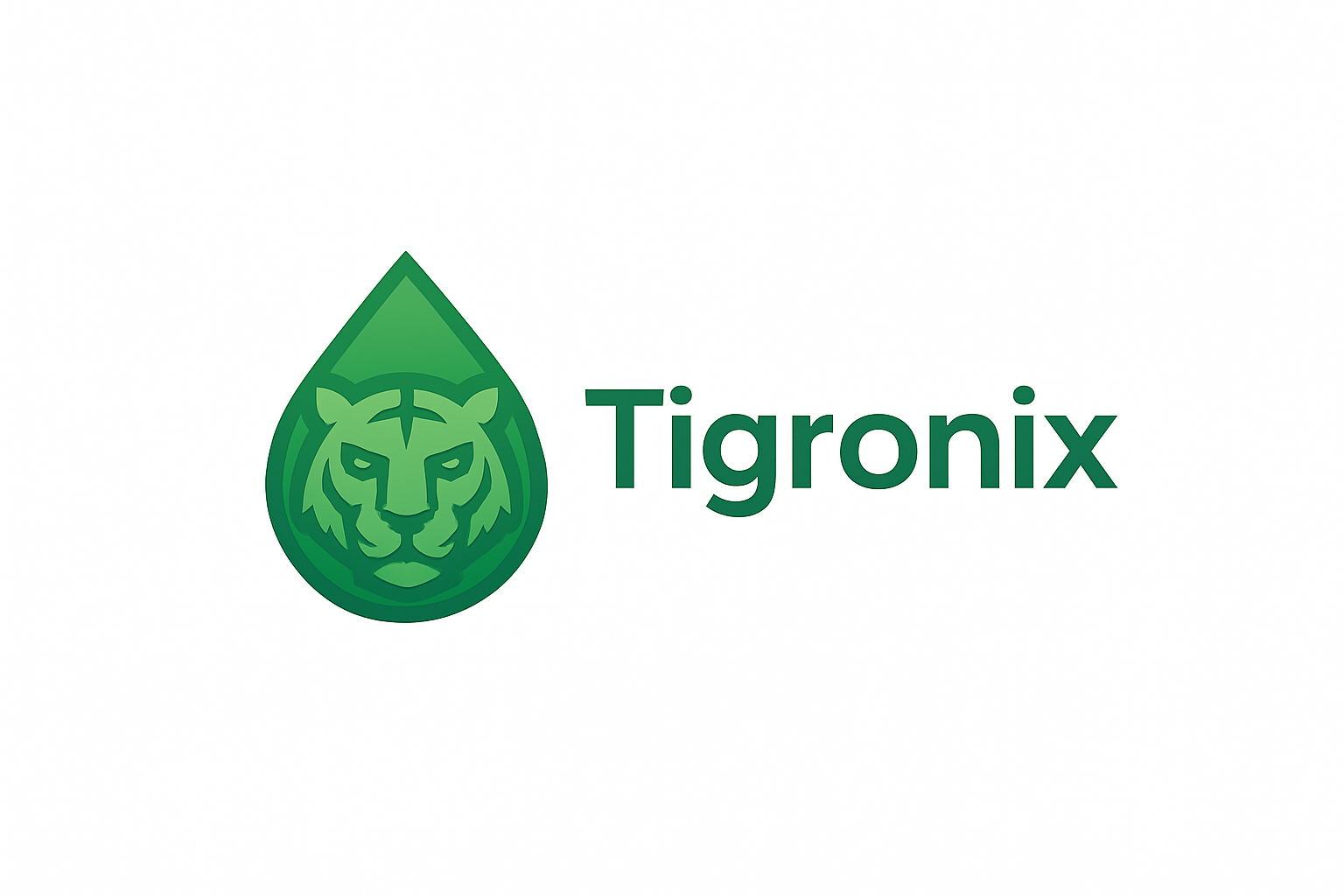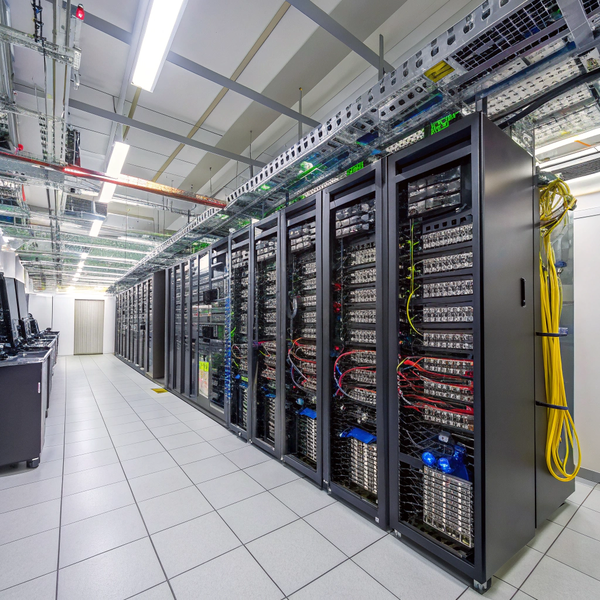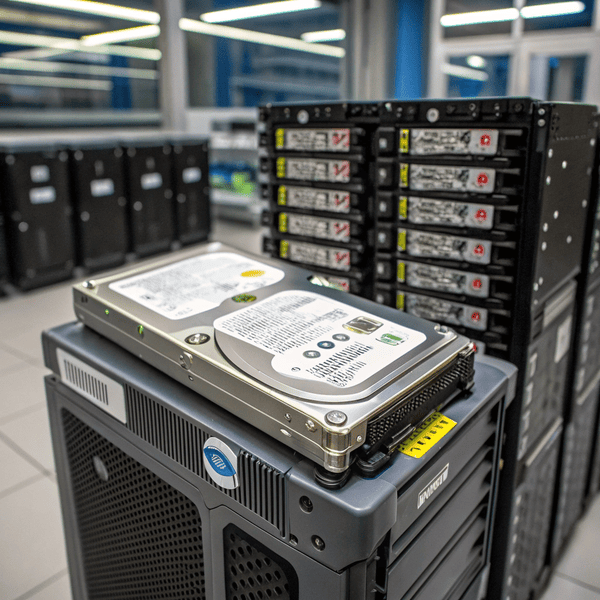Most people think data centers are all about powerful servers, but Most people think data centers[^1] are all about powerful servers, but storage and memory shape how fast, secure, and reliable a data center really is.
[^1]: Understanding the components of data centers can help you appreciate their complexity and importance in modern technology.
shape how fast, secure, and reliable a data center really is.
Data centers mainly use enterprise-grade HDDs, SSDs, and increasingly NVMe for storage, balancing speed, reliability and scalability. Selecting the right solution depends on capacity, performance and redundancy needs.

When I started working in the mold industry, I realized that data matters as much as products. That's when I began studying how data centers work. The server is just one part. Storage and memory solutions decide how much information we can handle safely. Understanding each solution lets me make smart choices for my own business and client projects. Now, let's break down some of the questions most people ask when looking at data center hardware. It'll help us see what really matters.
What type of storage do data centers use?
Data centers need massive, reliable storage. Many people worry aboutData centers need massive, reliable storage[^1]. Many people worry about downtime or failure. Choosing the right solution solves this problem and saves money.
[^1]: Explore this link to learn about strategies that enhance data center storage reliability, minimizing downtime and maximizing efficiency.
. Choosing the right solution solves this problem and saves money.
Data centers use HDDs for bulk storage, SSDs for fast access, and NVMe drives for the highest speed – often combining them in hybrid systems.

When I first visited a mid-sized data facility, I saw racks filled with hard disk drives (HDDs) spinning away. These HDDs handle huge volumes of data. Later, I came across clusters of solid state drives (SSDs) installed for high-speed transactions. NVMe (Non-Volatile Memory Express) drives started showing up, especially in places where speed is critical, like backup processing or real-time analytics. For most companies, storage is a mix: bulk tasks lean on HDDs, hot data use SSDs, and the fastest operations run on NVMe. These setups combine reliability, speed, and capacity.
Types of Data Center Storage
| Storage Type | Typical Use | Speed | Cost | Reliability | Scalability |
|---|---|---|---|---|---|
| HDD | Archive, backups | Medium | Low | High | Excellent |
| SSD | Virtualization, hot data | High | Medium | High | Very good |
| NVMe | Critical workloads | Highest | Higher | High | Good |
I learned that choosing the right mix means balancing cost and performance. With bigger projects, I started using more SSDs and NVMe drives. They made my system faster. Still, for long-term data, I kept using HDDs for their low cost and high reliability.
What are the 4 types of storage?
Many people think storage is just about saving files. Actually, storage comes in different forms. Each hasMany people think storage[^1] is just about saving files. Actually, storage[^1] comes in different forms. Each has special strengths. Picking the right one means fewer problems and better results.
[^1]: Explore this link to understand various storage solutions and their unique strengths for better decision-making.
. Picking the right one means fewer problems and better results.
The four main types of storage in data centers are DAS (Direct-Attached Storage), NAS (Network-Attached Storage), SAN (Storage Area Network), and cloud storage. Each serves different business needs.

At the beginning of my career, I only used local drives. Later, I discovered different network-based storage solutions. Direct-Attached Storage (DAS) connects directly to servers – it’s great for small teams and local jobs. Network-Attached Storage (NAS) lets a whole office share files. Storage Area Networks (SANs) help large data centers manage huge blocks of information, often supporting databases and business apps. Cloud storage works everywhere, letting businesses grow and scale on-demand.
The 4 Types of Data Center Storage
| Storage Type | Description | Strengths | Weaknesses | Best For |
|---|---|---|---|---|
| DAS | Drives attached to server | Simple, fast, cheap | Hard to scale | Small businesses |
| NAS | Shared file system over network | Easy access, manageable | Slower for databases | Workgroups, file sharing |
| SAN | Block-level storage | High performance, scalable | Complex setup, cost | Databases, VMs, large apps |
| Cloud Storage | Storage over internet | Flexible, scalable | Depend on internet | Remote teams, disaster recovery |
I often help clients transition from DAS to NAS and SAN. The move increases efficiency. Cloud storage is best for teams spread across multiple locations. By understanding these types, I advise clients on systems that minimize downtime and maximize productivity.
Conclusion
Data center success depends on using the right server, storage and memory setup for each business need. Mixing storage solutions can boost speed, reliability and cost-efficiency.




